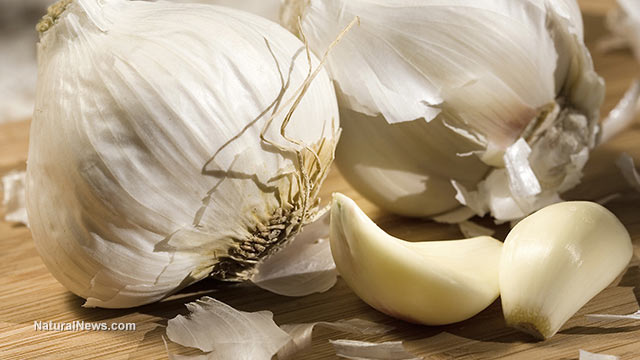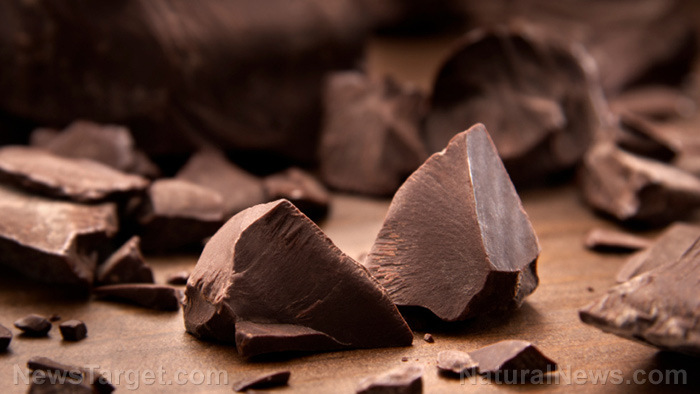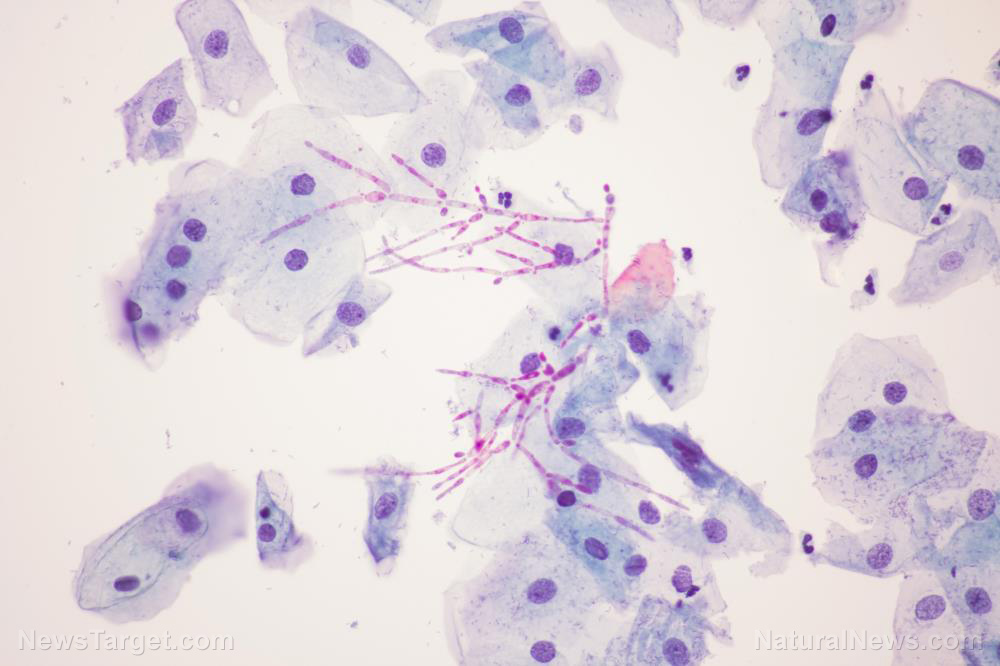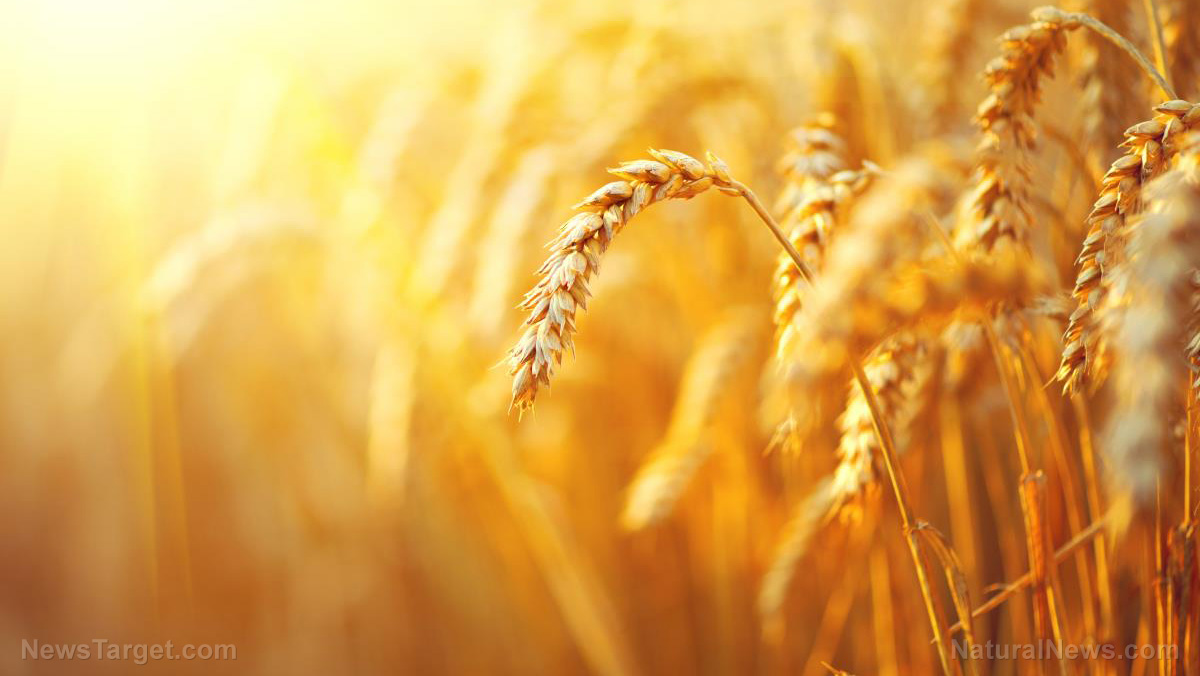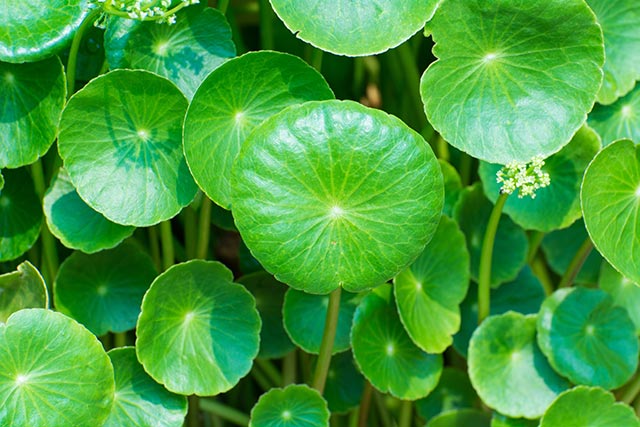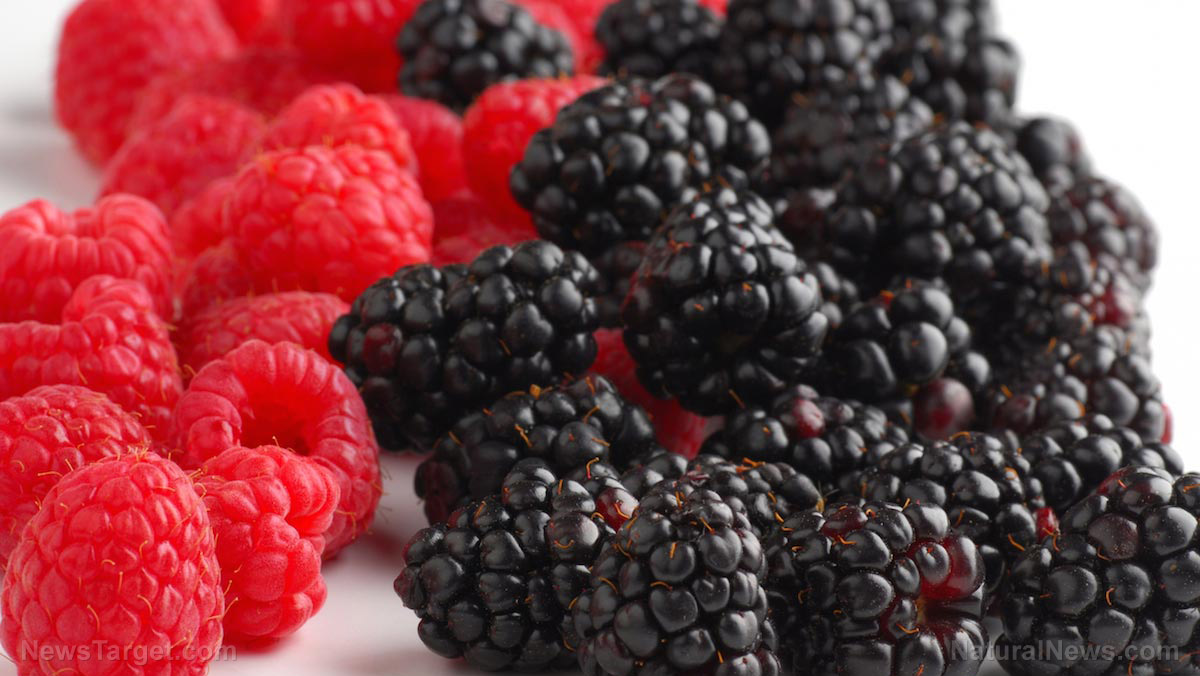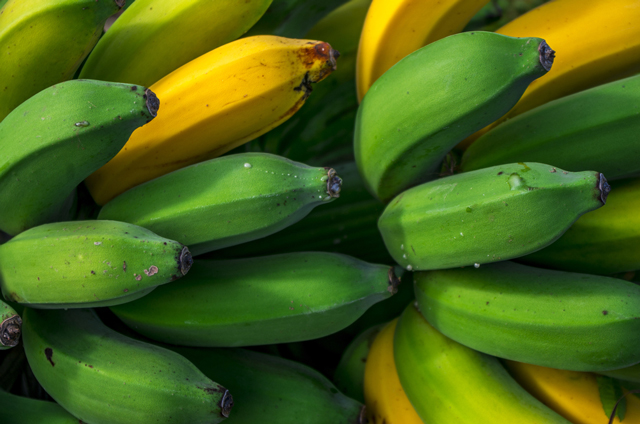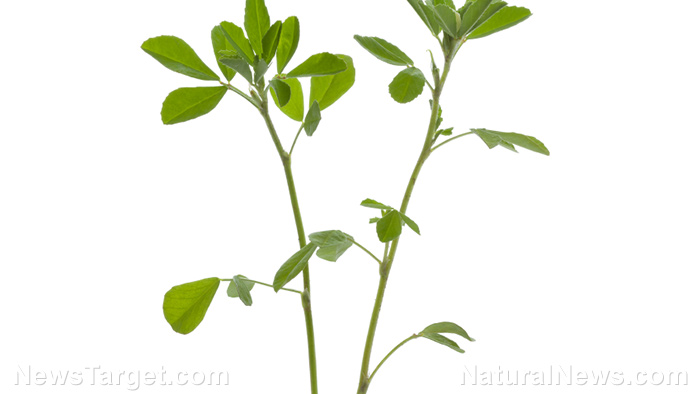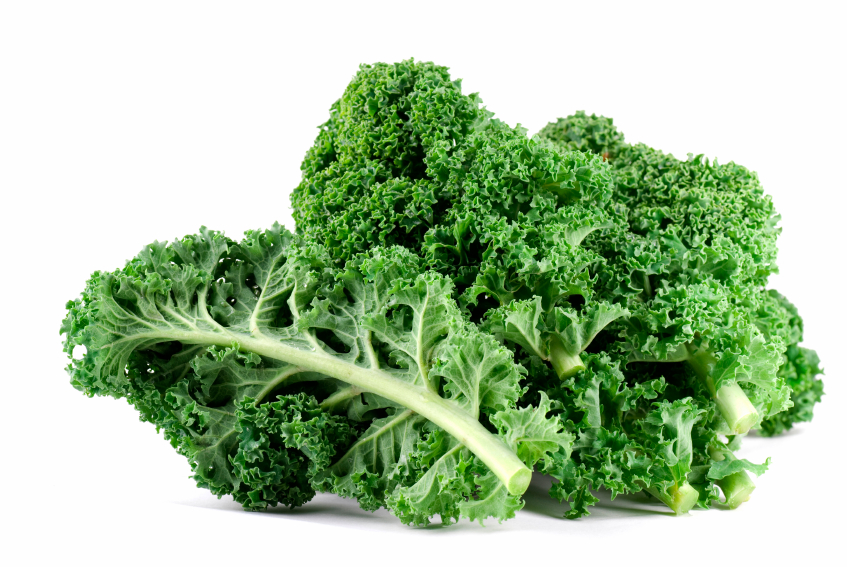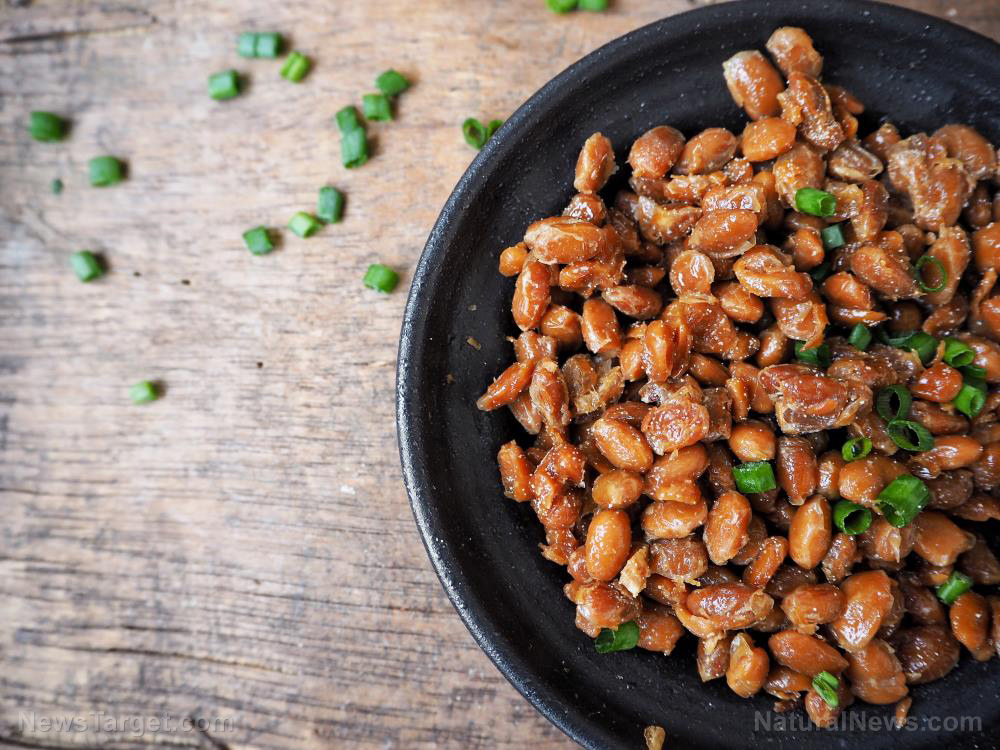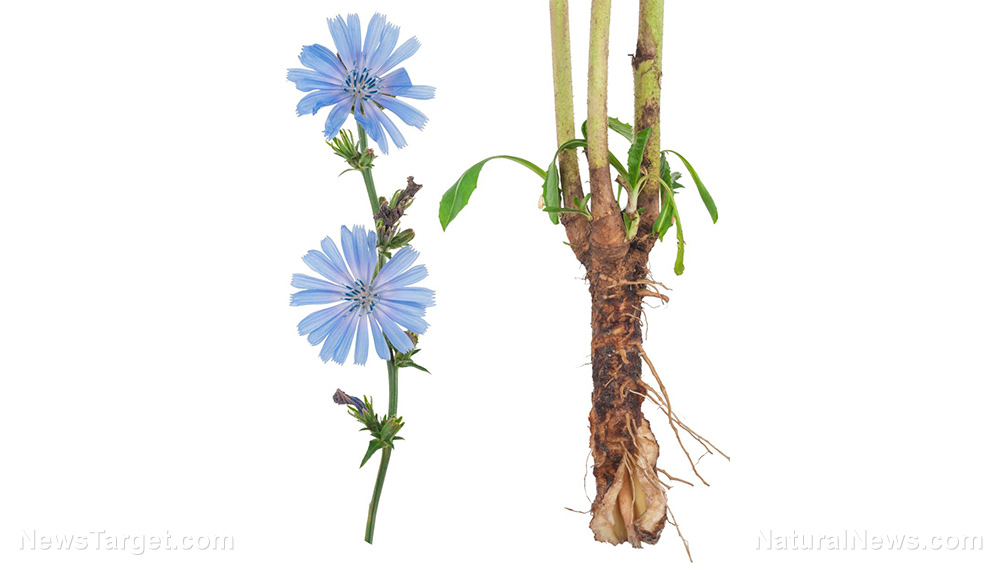Herbal treatments for diabetes management: A look at how they work
07/19/2018 / By Janine Acero

While there are various conventional medicines used to manage the symptoms of diabetes, many healthcare professionals and providers are looking more into traditional herbal medicines to prevent and reverse the development of this disease and its related complications.
The antihyperglycemic (anti-diabetic) effects of various herbal medicines prescribed by traditional healers have been scientifically proven in clinical studies, as well as in in vitro and in vivo studies. In this particular study, titled: “Mechanisms of action of traditional herbal medicines used in the management of diabetes mellitus: A review of the literature,” researchers analyze the “similarities and differences in mechanisms of action of various traditional herbal medicines and conventional medicines.”
The researchers from the University of KwaZulu-Natal, South Africa studied several herbal medicines from Chinese and Indian practices that have shown significant capabilities to reduce blood glucose levels or reduce progression of diabetes mellitus (DM) complications.
- Momordica charantia (Bitter melon) – one of the most extensively studied herbal medicines used in the management of diabetic symptoms, M. charantia extracts were able to reduce blood glucose levels and improve glucose tolerance in diabetic rat models. In other studies, M. charantia juice administered to Type 2 diabetes patients resulted in better control of its symptoms and related complications – particularly diabetic retinopathy and myocardial infarction – compared to rosiglitazone, a diabetic drug which is an insulin sensitizer. Moreover, drinking the vegetable pulp of M. charantia mixed with water was shown to reduce fasting blood glucose and post-prandial blood glucose levels in Type 2 patients.
- Galega officinalis (Goat’s rue or French lilac) – studies regarding its efficacy in diabetes management is the basis of the discovery of metformin, which is currently the first-line medication for treating Type 2 diabetes. Guanidine-like compounds isolated from G. officinalis significantly reduced blood glucose levels; however, guanidine compounds were found to be too toxic, which made way for the development of biguanides. Biguanides retained the anti-diabetic effects of the guanidine-like compounds but proved safer for clinical use. (Related: TOO TOXIC to swallow: Up to a third of diabetics don’t take their pills because of the debilitating side effects.)
- Gymnema sylvestre (Gymnena) – This woody plant had been featured in ancient Ayurveda texts as “Madhunashini” which literally means “destroyer of sugar” in Sanskrit. The leaf extracts of G. sylvestre combined with insulin therapy were found to significantly decrease fasting blood glucose and serum lipids of Type 1 patients compared to those who received insulin only. Furthermore, leaf extracts taken for controlled periods of time also showed to reduce blood glucose in Type 2 patients; decrease the levels of fasting blood glucose and early post-prandial blood glucose accompanied by increases in insulin and C-peptide in the blood; and stimulated insulin secretion.
- Trigonella foenum-graecum (Fenugreek) – Studies involving Type 1 patients showed that defatted fenugreek seeds administered to Type 1 patients at certain doses and periods significantly lowered fasting blood glucose, total cholesterol, low-density lipoproteins and tryglycerides. Likewise, fenugreek was shown to improve glycemic control and insulin resistance in mild Type 2 patients.
The researchers concluded that herbal medicines have multiple mechanisms “possibly because of the multiple phytoconstituents, which effectively make them combination therapies.” However, the success of treatments like metformin has not been emulated with any other herbal medicine, which could be “because other herbal medicines do not have one single chemical entity that is as highly active in the management of DM. Rather, a synergistic combination of effects and mechanisms by various phytoconstituents is responsible for the blood glucose lowering properties,” wrote the researchers.
Studies like this may give way to further research focused on utilizing the medicinal properties of these plants in treating diabetes without deviating from their traditional uses. To know more about scientific advances in diabetes treatment, visit DiabetesScienceNews.com today.
The full study was published in the African Journal of Traditional, Complementary and Alternative Medicines.
Sources include:
Tagged Under: alternative medicine, diabetes, diabetes management, diabetes mellitus, diabetic symptoms, food as medicine, food cures, herbal medicine, herbal treatments, metformin, type 1 diabetes, Type 2 Diabetes


